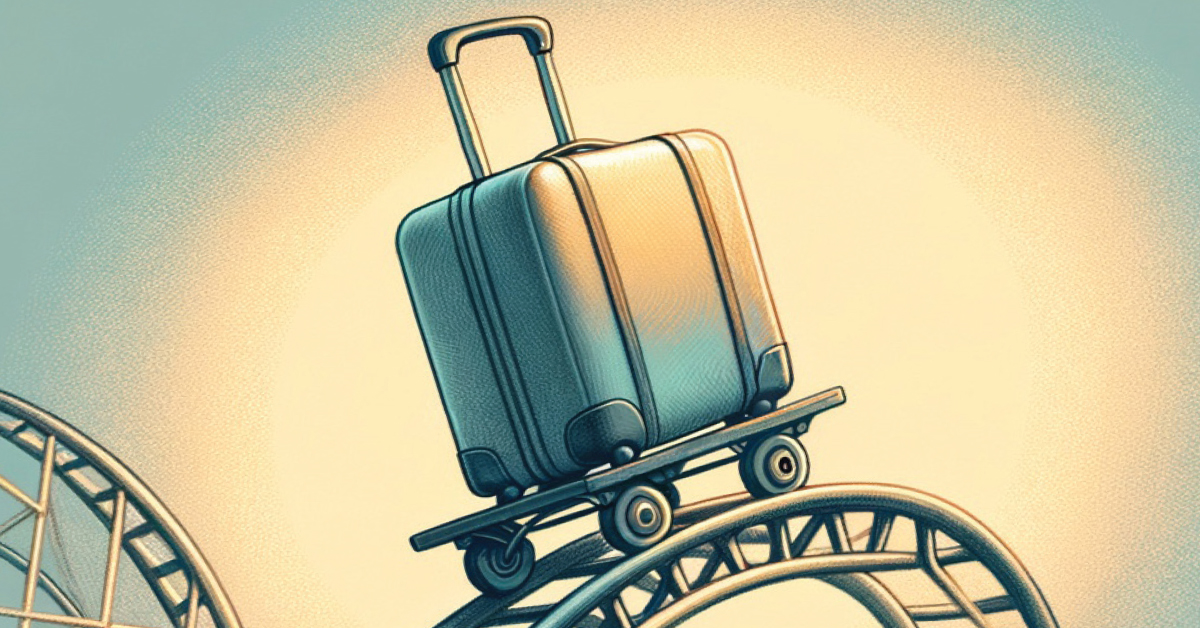It’s no secret that hotels as an asset class have had a bumpy recovery post-COVID. A large part of the lag has been due to the uneven return of business travel, which has long been a lifeblood of the hospitality sector. The post-pandemic evolution of interactions within and among workplaces, including the universalization of video calls and virtual meetings, has reduced in-person business travel and is forcing the lodging industry to react to a new normal.
According to the Hospitality Group and Business Performance Index, a combination of event and hotel booking data from analytics firms Knowland and Amadeus Demand 360, group and business travel in 2023 was still almost 10% below 2019 levels, and many hotels are feeling the brunt of that weakness. Consider the change in weekday hotel room demand, as reported in Cushman Wakefield’s year-end U.S. Lodging Industry Overview report. The reduction in business travelers has been a big factor in the 4.2% decrease in Monday room demand from 2019 to 2023. Tuesdays have seen an even larger cut at 5.5%, while Wednesdays (3.0%) and Thursdays (0.2%) are also down.
“We’ll go back a little bit,” said Tom Rowley, U.S. practice lead for hospitality and leisure at Cushman and Wakefield. “I think in the summer of 2023, we started seeing the comeback of business travel midweek. We started to see it tick up — and it was ticking up really well — that a lot of publications thought, ‘Well, we’re going to get back to 2019 levels.’ It’s fallen a little short of that. … It kind of was moving really well in the fall, and it does this in the winter. It falls off just a little bit in the growth pattern. Now, it’s still increasing, but that pattern of growth is falling off just a little bit.”
Rowley said that the old metric within lodging used to be that Tuesdays and Wednesdays were peak days on average daily rate (ADR) and occupancy, while weekends would have pretty good occupancy but lower ADR. So far, that hasn’t quite been the same after COVID. To a certain extent, there is already some normalization back in play. Rowley did go on to say that, anecdotally, hotel general managers he’s spoken to have told him that it’s getting better. That’s leading to some cautious optimism about corporate travel in the spring, although the rebound remains imbalanced.
“It depends on who you ask and where they’re located and what their specialty is,” Rowley said. “The conventions are better, but they’re not back to where they were [pre-COVID]. If you’re a big box [hotel] outside of the convention center, you’re probably still waiting for it to get back to where you’d like it to be. But if you’re an urban, mid-scale to upper-upscale hotel, you’re feeling pretty good on Tuesdays and Wednesdays. You’re starting to feel that you’re getting pricing power at its highest peaks.”
Rowley said that lodging facilities are finding ways to adapt to the Zoom-meeting era by reworking their space. “In my discussions with GMs, we’re seeing more small group meetings and more utilization and ability to sell the small meeting spaces than I remember from before. A group would come in … and they’re doing a lot of offsites because they’re not in the office together. This is their chance to get together and hold those additional meetings. They’ve been a great source of revenue for the hotels.”
Longtime hotel observer Jerry Sager concurred. The senior managing director of First National of America, which does a lot of business in the hospitality industry, said hotels can bring people together, which is a crucial part of doing business.
“What has not changed, and I think has resurged [since the pandemic] is the need for people in the business marketing world to have human contact with their co-workers and clients,” Sager said. “That was lacking up until recently. It lacked all throughout the pandemic. But hotels are in a position to take advantage.”
Pandemic-era demographic shifts, during which a number of businesses migrated from traditional hubs to different markets, also have created prime geographic windows where hotels — and accordingly, investors and lenders — can flourish. Sager mentioned Palm Beach County, Florida, as an example. Northern Palm Beach County, for instance, has seen a major influx since the beginning of the pandemic of financial industry service organizations and some technology companies that have relocated from other areas of the country, including New York City.
“With the influx in that particular market of in excess of 12,000 more families in the last two years, you find the need for increased hospitality to accommodate those people that are traveling to that corporate venue and the people that are traveling to visit family and relatives in that new demographic marketplace,” Sager said.
All in all, despite the choppy waters of late, both Rowley and Sager remain optimistic that business travel and hotels will both rediscover their footing. “Look, they got through an incredible downturn,” Rowley said of hotels. “It was longer and deeper than the [Global Financial Crisis] downturn. It was deeper than the 9/11 downturn. And they’ve come out of it with resilience. … It’s a resilient industry that is nimble. It can move very well, and the brands are assisting them very well in moving. I have a lot of faith in them adapting to this new normal, and I’m watching them do it every day.”








